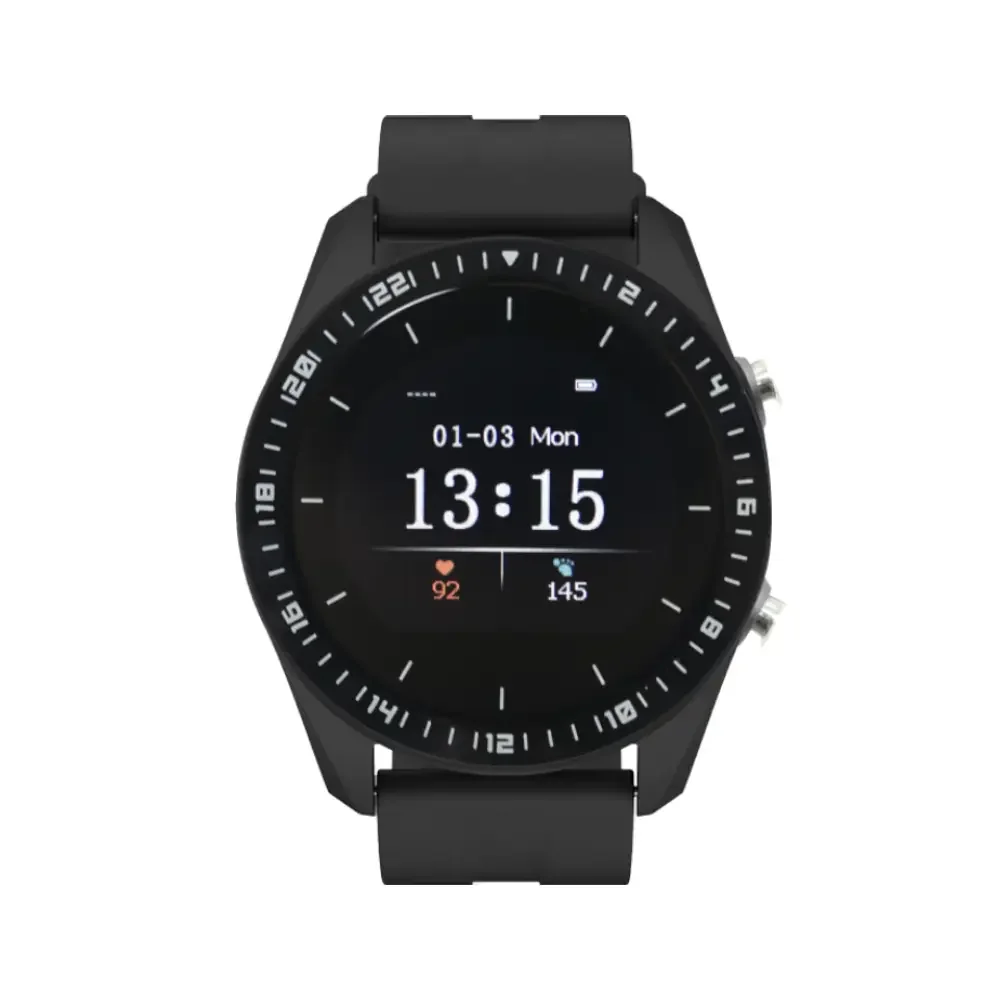HKT LORA provides advanced LoRaWAN solutions, including outdoor gateways and IoT sensors, designed to support large-scale and reliable networks. Our outdoor gateways, such as the robust 8-channel LoRaWAN® gateway, can handle more than 2,000 nodes with a line of sight up to 15 km and IP67 waterproof protection. Many businesses exploring LoRaWAN deployments often ask, “what is differences between channels and frequency bands in LoRaWAN?” Understanding this distinction is essential for designing efficient networks and optimizing data transmission for IoT devices.
Channels in LoRaWAN
Channels in LoRaWAN define the specific RF paths that devices use to communicate with gateways. Each channel operates at a particular frequency, allowing multiple devices to transmit data without interference. For example, HKT LORA gateways support 8 channels, enabling simultaneous communication with thousands of sensor nodes. Knowing what is differences between channels and frequency bands in LoRaWAN helps network designers allocate resources efficiently and avoid signal collisions in dense deployments.
Frequency Bands in LoRaWAN
Frequency bands refer to the range of RF spectrum allocated for LoRaWAN communication in different regions. Common bands include EU868, US915, and AS923. Unlike channels, which are discrete paths within a band, frequency bands determine legal operating limits and affect network coverage and penetration. Understanding what is differences between channels and frequency bands in LoRaWAN ensures compliance with regulations while maximizing network performance.
HKT LORA Outdoor Gateway Solutions
HKT LORA outdoor gateways are designed to simplify the network planning process. With Ethernet, Wi-Fi, and cellular connectivity compatible with AWS, TTN, ChirpStack, Loriot, and Everynet, our gateways enable seamless data integration to multiple platforms. By understanding what is differences between channels and frequency bands in LoRaWAN, businesses can configure gateways for optimal performance, minimizing packet loss and improving system reliability.
Applications and Advantages
HKT LORA’s gateways are ideal for smart agriculture, smart metering, and other outdoor IoT applications. The combination of multiple channels and proper frequency band selection ensures stable connectivity, high data throughput, and efficient resource allocation. Our solutions remove ambiguity for engineers and managers asking what is differences between channels and frequency bands in LoRaWAN.
Conclusion
In order to construct high-performance IoT networks, it is necessary to understand the differences between LoRaWAN channels and frequency bands. If you’re looking for outdoor gateways and sensors that are dependable, scalable, and compliant with LoRaWAN, go no further than HKT LORA. Their products support several channels and frequency bands. Companies who use HKT LORA are able to build powerful networks capable of managing thousands of nodes and integrating with cloud services without any problems.



